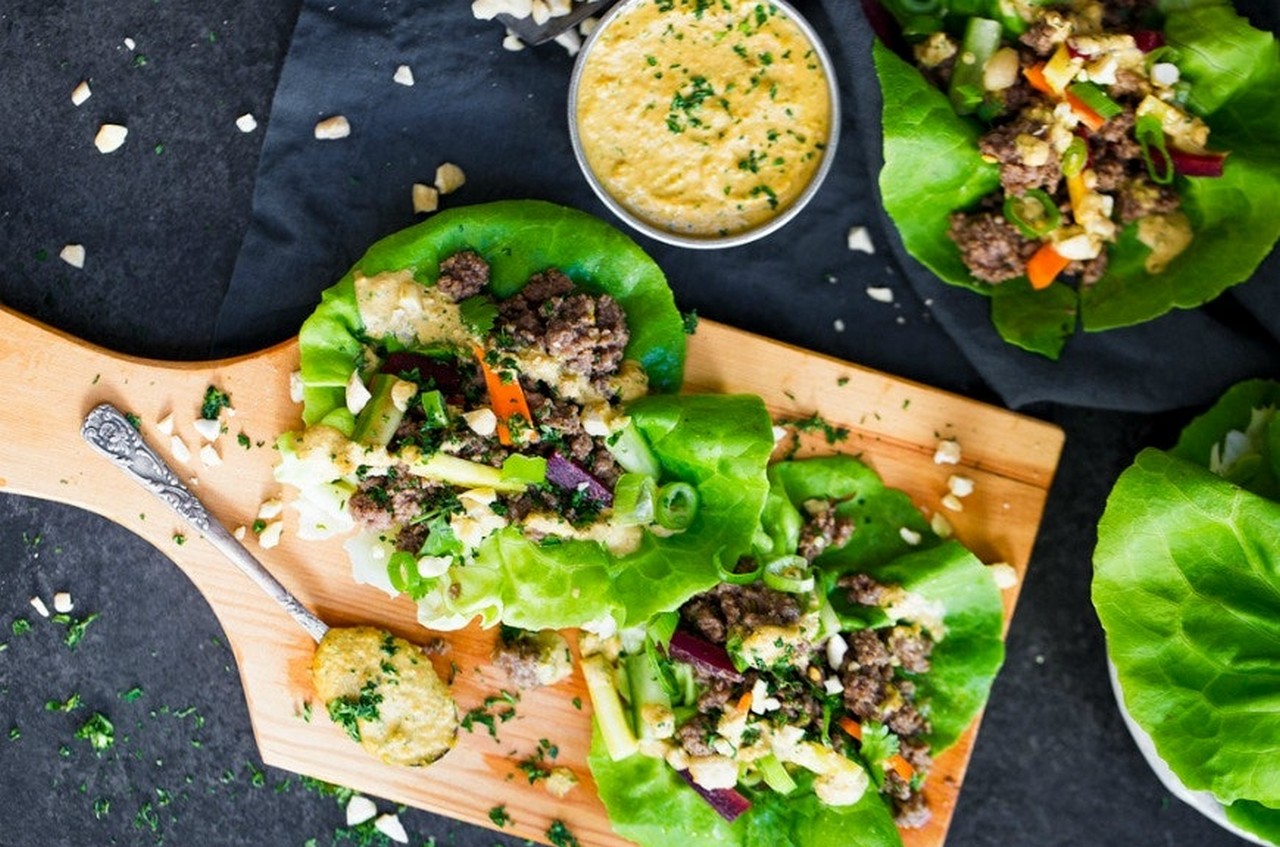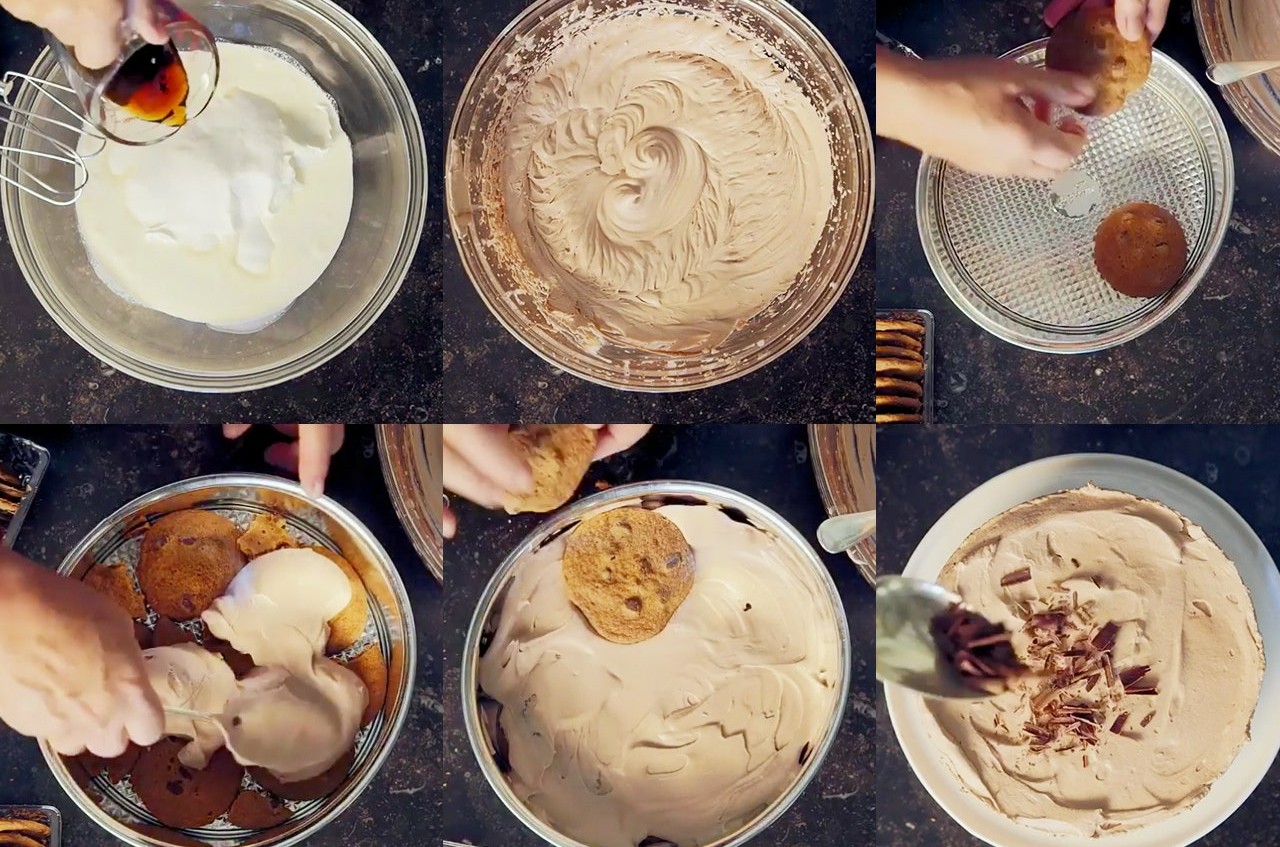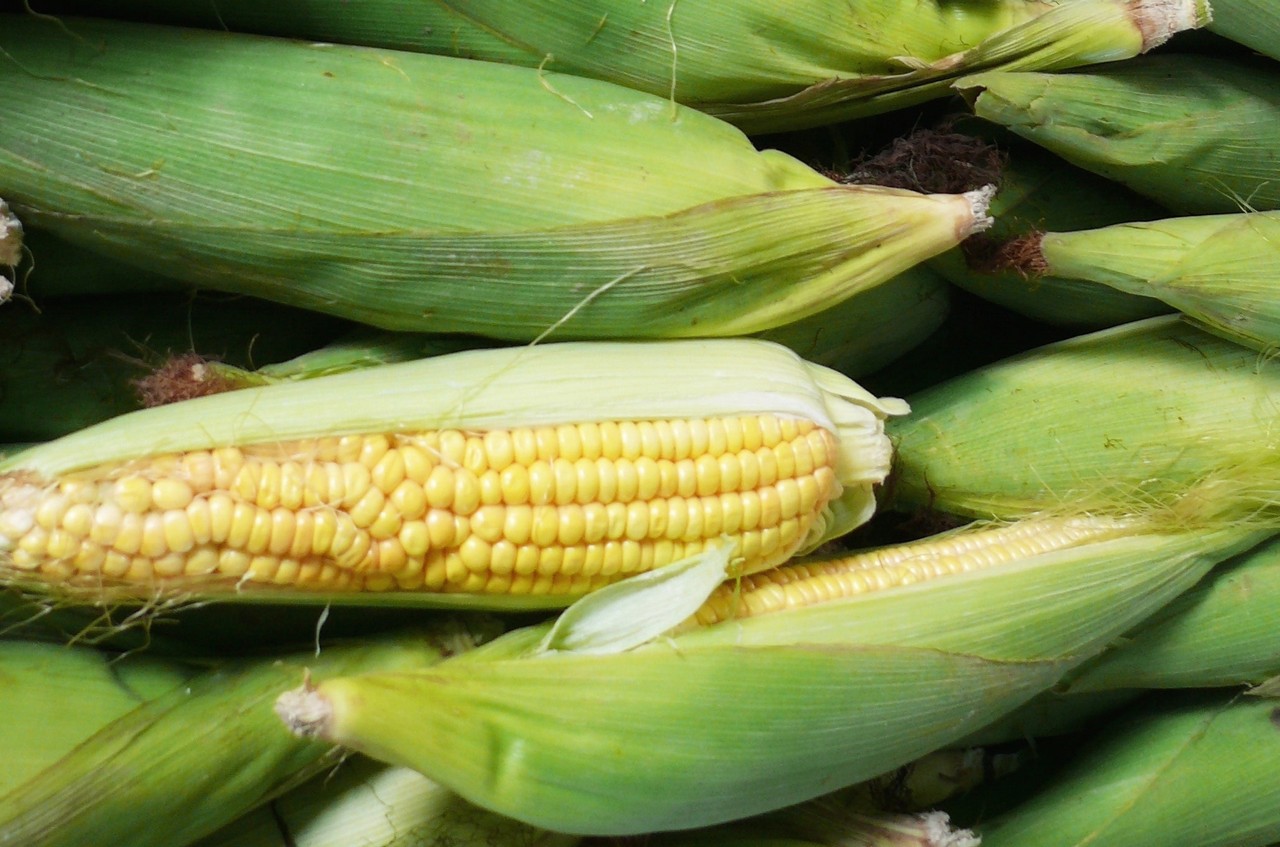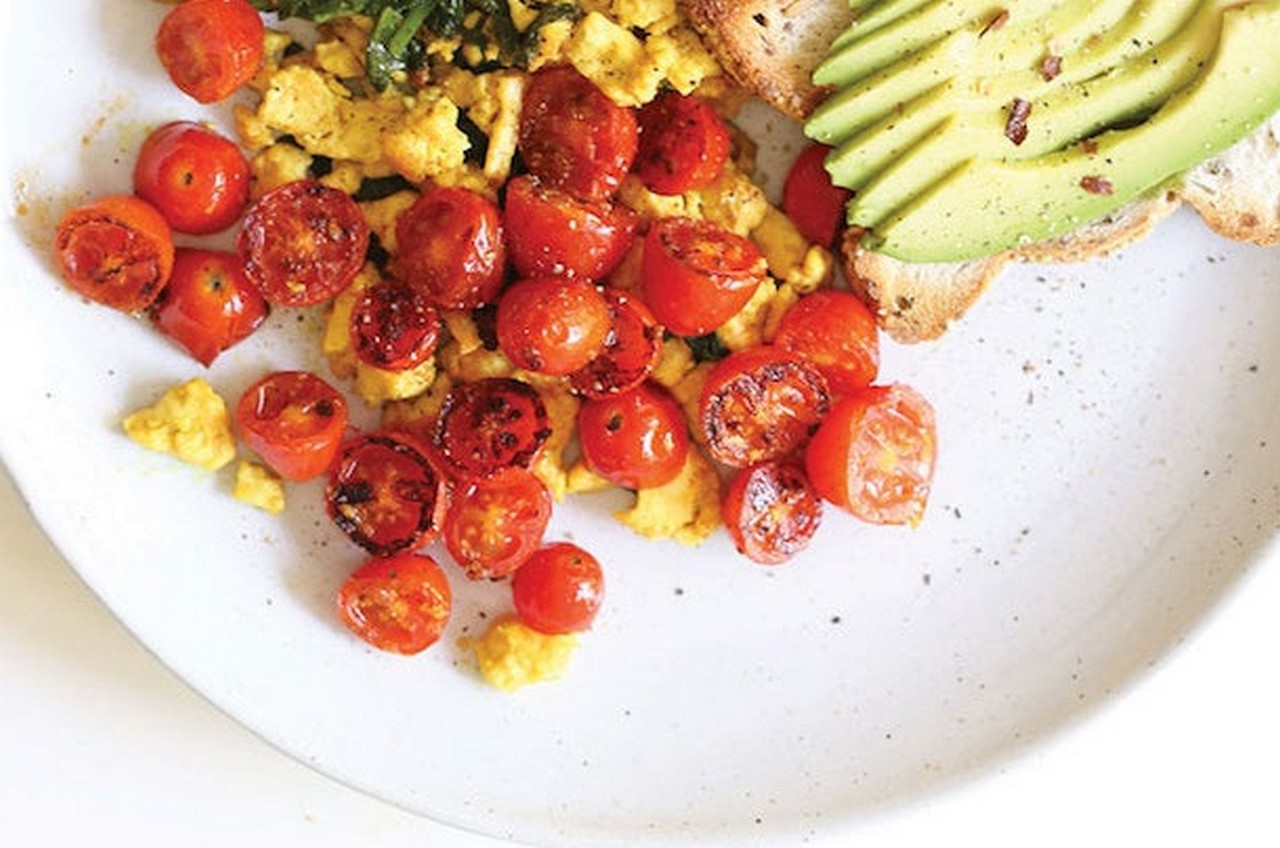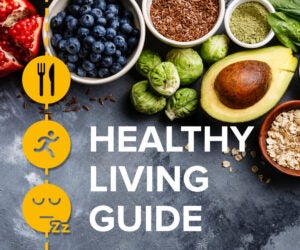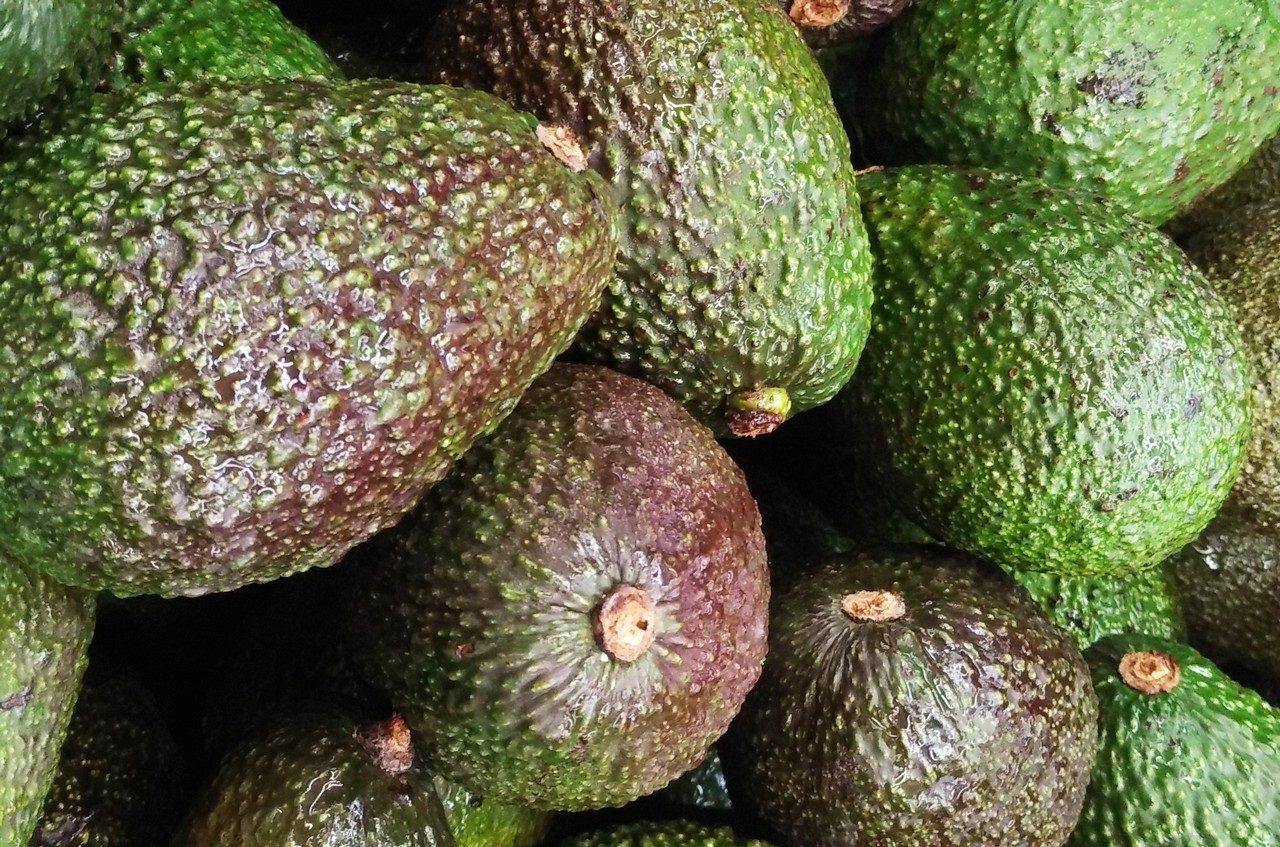
Even though I’m not the world’s biggest avocado lover (don’t @ me), I know all about how difficult it can be to find a good avocado at the supermarket. Whenever I show up with a fully loaded grocery list, ready to make guac like my life depends on it, it seems like the only avocados I can find are either way too hard and green or way too soft and brown. Could it be possible that they’re all bad, or do I just not know what to look for?
According to Katy Green, produce field inspector at Whole Foods Market, I just don’t know what to look for and odds are, I’m probably not alone. If you’ve ever found yourself staring down a pile of avocados wondering which ones were worth your time, these are all the tips you need to make sure that never happens again.
There are many different kinds of avocados, but only one that you’re probably going to see at the supermarket.
You’ve probably heard of Hass avocados, because, as Green explains, they make up roughly 95 percent of the avocados sold in the U.S. “Hass has one of the highest oil contents of all commercial varieties,” she explains, “which is what makes it so popular.” Other varieties include Bacon, Fuerte, Gwen, Pinkerton, Reed, and Zutano (a lot, I know!). These other varieties make up the remaining 5 percent of avocados across the country, which are rarely seen but play a big role behind the scenes.
Since avocado plants can’t self-pollinate, two varieties need to be bred at the same time to allow for cross-pollination. So, even though you never see these other varieties, they’re partially responsible for the Hass avocados that you find in stores.
Before you look for anything else, check out the color.
“On the Hass, color is an indicator of ripeness,” Green explains. She says if the avocado has a dark, purplish color, then it’s ripe, and if it has a vibrant green color, it’s not.
If it’s not ripe, that doesn’t necessarily mean it’s bad. Naturally you’d want to use the ripest avocado you can find if you were planning on using it right away—say, for a party or because you have an intense avocado craving. But if you don’t want to use it right away, you may actually be better off buying a greener one, because it will continue to ripen after you’ve purchased it (more on that in a bit).
You can also use color to spot a bad avocado. “A bad Hass avocado will be black in color,” Green explains. If you can’t really tell the black avocados from the purplish avocados, she says you should remove the brown stem at the top of the avocado to get a look at the flesh—if it’s brown and decayed, skip it. If it’s green, you’re good to go.
Next, give it a feel.
“A good avocado should be firm or have a slight give to it,” Green explains, “you should not be able to feel pockets of air between skin and the flesh.” If you do notice pockets of air, that can be a sign that the avocado is already past its prime, even if it looks fine otherwise.
And, obviously, any avocados with mold on them are a no-go.
This probably won’t come as a surprise, but if you notice any kind of molding on the skin of the avocado, put it back. Luckily, you don’t need to feel it to spot that one.
If you’ve already purchased an unripe avocado, don’t sweat it—you can speed up the ripening process yourself.
Green says there are a couple of ways you can speed up the ripening process of an avocado all on your own. The easiest way is to simply leave your unripe avocados in a semi-warm area in your kitchen—in a day or two, they’ll be ready to eat. Or, if you’re really in a rush, you can put it in a paper bag with a banana or an apple. This will rapidly increase the amount of ethylene produced, which is the gas released by some produce that causes fruits and vegetables to ripen. Once the avocado reaches desired ripeness, she says you can keep it at its peak even longer by storing it in the fridge.
Put your avocados to work in these recipes.Tomato Avocado Toast
Sometimes it just doesn’t get much better than a simple avocado toast. Get the recipe here.
3-Ingredient Banana Avocado Pudding
If you feel like getting experimental with your avo, this recipe is calling your name. Get the recipe here.
Chicken and Pomegranate Quinoa Bowl
Avocado adds a luscious, creamy texture to everything from soups to grain bowls. Get the recipe here.

